Troubleshooting High CPU Usage in Windows OS
Having trouble with your computer running slow? This article will help you troubleshoot high CPU usage in Windows OS, so you can get your system running smoothly again.

High CPU usage can be a sign of a variety of problems. If your computer is running slowly and lagging, it may be due to high CPU usage. If your Windows OS is experiencing high CPU usage, it may be due to a variety of factors, including background programs, malware infections, or driver issues. It is important to troubleshoot the problem to find the cause and fix it.
Step 1: Check the Task Manager
The first step in troubleshooting high CPU usage is to open the Windows Task Manager. To open the Task Manager, press Ctrl + Alt + Delete and then select Task Manager. Once the Task Manager is open, you can view the CPU usage of the system and any running applications.
Step 2: End Unnecessary Applications
If there are applications or processes that are using a lot of CPU, you can end them to free up resources. To end a process, select it from the list in the Task Manager and then click the End Process button. You can also end multiple processes at once by selecting them and then clicking the End Process button. It is important to note that you should only end processes that you are sure are not needed.
Step 3: Disable Unneeded Services
Another potential cause of high CPU usage is unnecessary services that are running in the background. To disable these services, press the Windows key + R and then type “services.msc” and press enter. This will open the Services window. In the Services window, you can view the list of services and disable those that you do not need. To disable a service, right-click it and select Properties. In the Properties window, change the Startup type to Disabled.
Step 4: Update Drivers
Outdated or corrupt drivers can also cause high CPU usage. To update drivers, go to the Device Manager. To open the Device Manager, press the Windows key + X and select Device Manager. In the Device Manager, you can view the list of devices and update the drivers for those that are outdated.
Step 5: Check for Malware
Malware infections can also cause high CPU usage. To check for malware, install and run an antivirus program. It is important to make sure that the antivirus program is up to date so that it can detect the latest malware threats. Once the scan is complete, it will remove any malicious files or processes that it finds.
Step 6: Check for System Errors
System errors can also cause high CPU usage. To check for system errors, open the Event Viewer. To open the Event Viewer, press the Windows key + R and type “eventvwr.msc” and press enter. In the Event Viewer, you can view the list of errors and try to fix them.
Step 7: Check for Software Updates
Outdated software can also cause high CPU usage. To check for software updates, open the Settings window. To open the Settings window, press the Windows key + I and select Update and Security. In the Update and Security window, you can view the list of available updates and install them.
High CPU usage can be caused by a variety of factors, including background applications, malware infections, driver issues, system errors, and outdated software. It is important to troubleshoot the problem to find the cause and fix it. To troubleshoot high CPU usage, check the Task Manager, end unnecessary applications, disable unneeded services, update drivers, check for malware, check for system errors, and check for software updates.
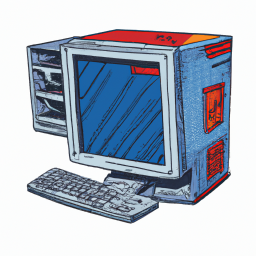

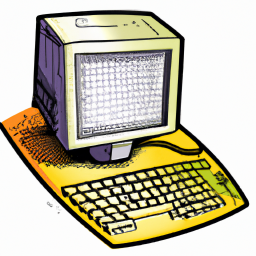
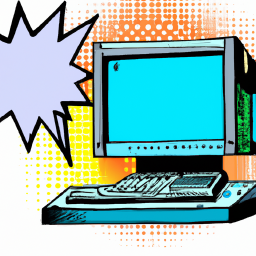
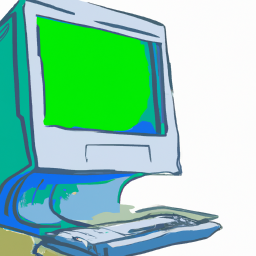


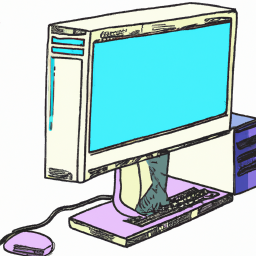
Terms of Service Privacy policy Email hints Contact us
Made with favorite in Cyprus